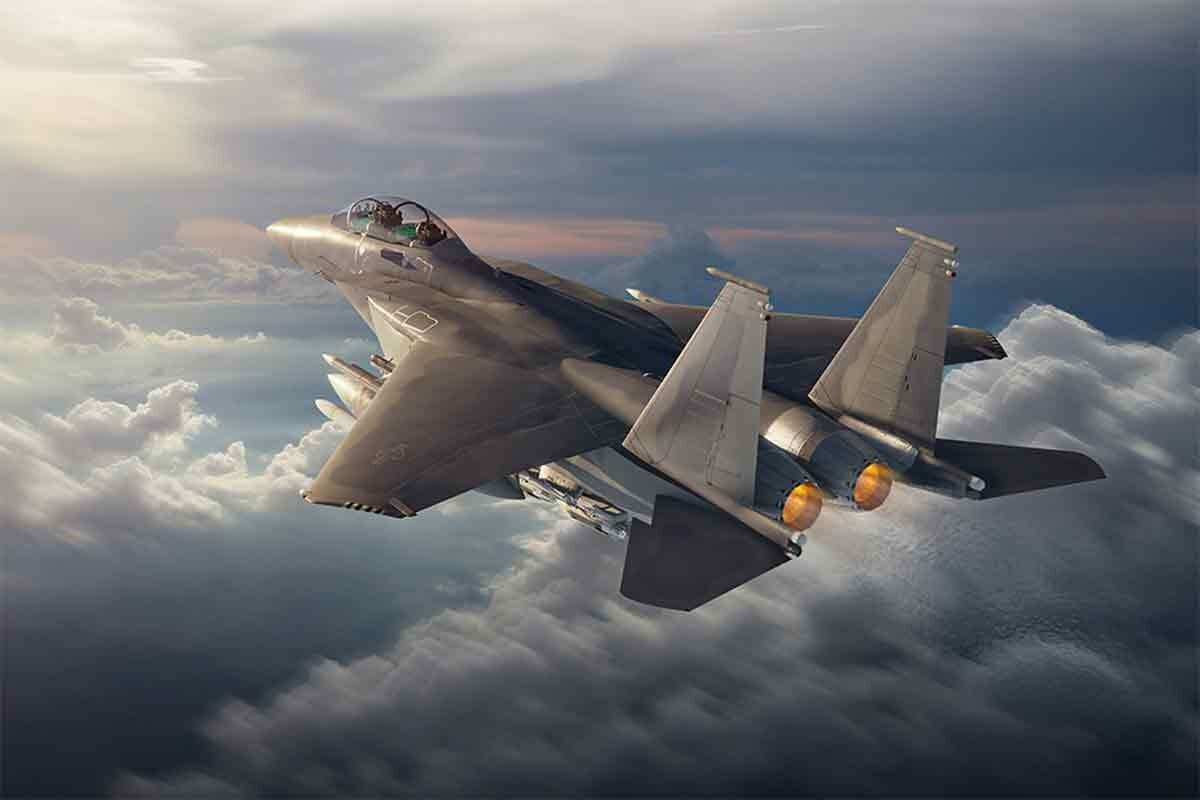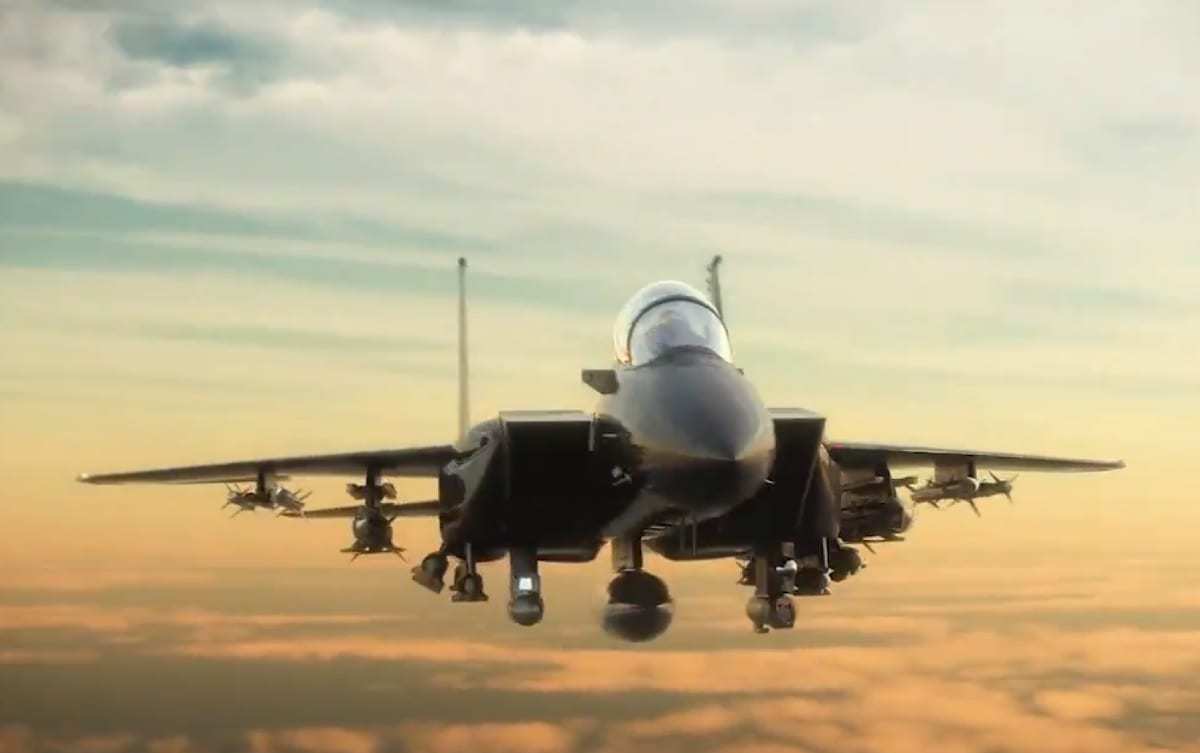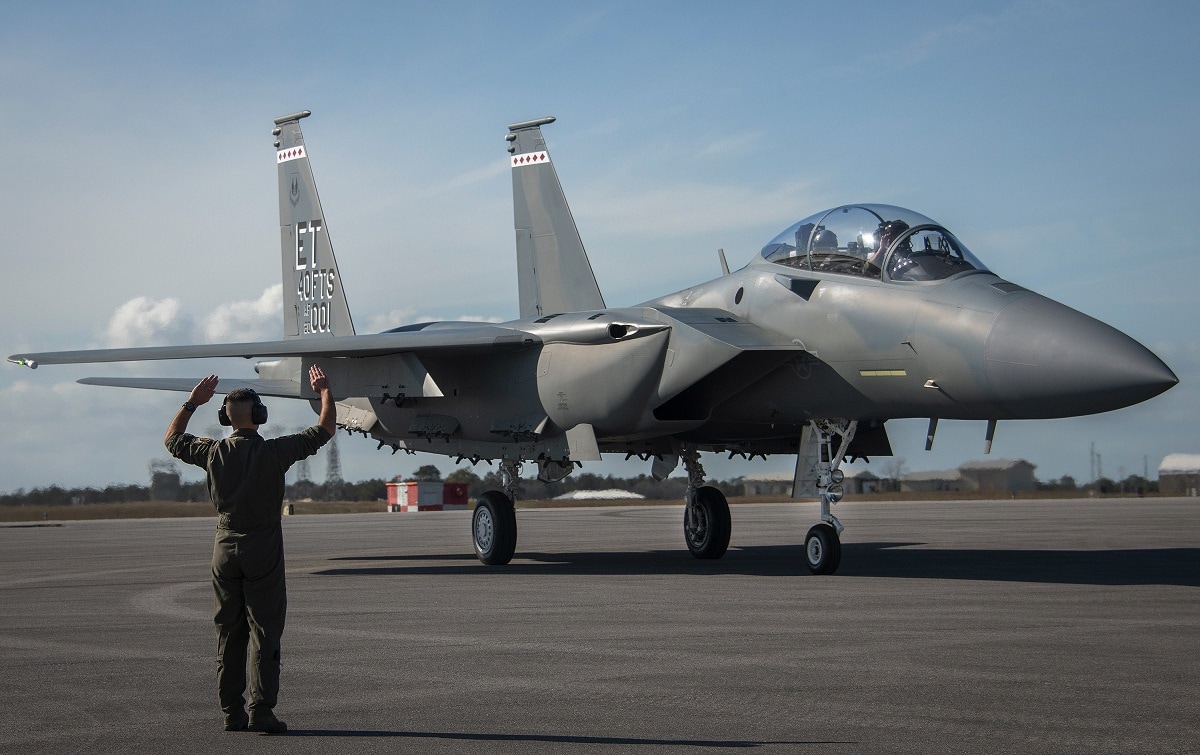For a while now China and Russia have developed and deployed very long-range radar-guided air-to-air missiles (or VLRAAMs) designed to threaten aircraft up to 250 miles away.
By contrast, the U.S. Air Force has focused on refining its short-range heat-seeking AIM-9X Sidewinder and medium-to-long range AIM-120 Advanced Medium-Range Air-to-Air Missile (AMRAM). The service didn’t see a need for ultra-long-range missiles when it had F-22 and F-35 stealth fighters that could maneuver into position with low odds of detection.
However, that thinking has changed more recently. First in 2017, the Air Force and Navy began developing a successor to the roughly 100-mile-range AIM-120D called the AIM-260 Joint Air Tactical Missile. This Lockheed-built missile reportedly retains the single-pulse rocket propulsion and form factor of the AIM-120 (meaning it can fit inside existing stealth fighters) while achieving greater range—presumably exceeding 124 miles. Flight tests for the AIM-260 are set to begin in 2021, and it will replace the AIM-120 in production by 2026.
But more radically, budget documents seen by John Tirpak of Air Force Magazine in April 2021 reveal the service plans to mount “oversized air-to-air [weapons]” on its forthcoming fleet of F-15EX Eagle II fighters.
This may refer to a Raytheon-led concept program begun in 2016 called the Long Range Engagement Weapon (LREW), though admittedly concept art for LREW depicted the weapon being fired from an F-22 Raptor.
The new missile referred to in the budget document seems by definition too large to fit inside existing stealth fighters. Indeed, it may hint at an evolving air warfare doctrine designed to allow non-stealth F-15EX jets to contribute long-range missile shots to an air battle while mitigating their vulnerability to return fire, which may be of growing concern to the Air Force.
The Very Long Range Air-to-Air Missile
Very Long-Range Air-to-Air Missiles (VLRAAM) have two or three times the range of more typical beyond-visual range missiles like the AIM-120, Russian R-77, and Chinese PL-12. VLRAAMs are aimed less at shooting down fighters, and more at severing the vulnerable tendons they depend upon: tanker, surveillance, and command-and-control planes.
Tankers are indispensable for long-range operations in theaters such as the Pacific Ocean, while airborne early warning aircraft and similar command-and control planes give a huge edge to fighter pilots by dramatically improving situational awareness and coordination.
These airliner-based support planes hang well back from enemy air defenses—but VLRAAMs give potential adversary fighters a “sniper shot” of sorts at these vulnerable aircraft without having to fight their way through the intervening U.S. fighter screen.
Russian notably is deploying an improved Vympel R-37M (NATO codename AA-13B Axehead), on MiG-31 Foxhound interceptors, complementing the R-33 missile deployed to shoot down U.S. strategic bombers and spy planes. The improved R-37M can achieve hypersonic speeds (up to Mach 6) and has a maximum range of around 250 miles, while the R-33 meanwhile has had its ranged extended to around 190 miles. Both can be fitted with nuclear anti-aircraft warheads.
Meanwhile, China’s PL-15 BVR missile uses a dual pulse solid fuel rocket motor to achieve an alleged maximum range of 186 miles, significantly outranging the U.S. AIM-120D. At least four PL-15s can fit in the internal bay of Beijing’s J-20 stealth fighter.
China also is developing a PL-21 missile with an estimated 250-mile range similar to the R-37M. The PL-21 is believed to use the throttleable ramjet propulsion featured in the European Meteor BVR missile. That means instead of attaining peak velocity shortly after launch, it can efficiently cruise towards a target before accelerating to hypersonic speeds in the terminal phase to increase the odds of a kill.
Enabling the F-15EX?
It’s possible the Air Force would use an oversized air-to-air missile in a similar manner to China and Russia. However, China and Russia operate fewer support planes while ground-based radars and facilities are often more central to their operations.
The Navy might alternately see a role for such missiles on its F/A-18E/F Super Hornet fighter as a successor to the retired AIM-54 Phoenix missile and F-14 Tomcat interceptor. The Phoenix’s long range and high speed was premised on the need to engage Soviet bombers as rapidly as possible to prevent them from releasing deadly anti-ship missile salvos. This threat has reemerged to a degree in the twenty-first century in the form of China’s diverse maritime strike capabilities and Russia’s still active anti-ship capable strategic bombers.
However, the Air Force budget document seemingly portrays VLRAAMs as a way to integrate its fleet of non-stealth F-15EX fighters into offensive air superiority missions alongside its F-22 and F-35 stealth aircraft. The service is procuring at least seventy-eight, and potentially up to 200 multi-role Boeing F-15EX jets to replace F-15C air-superiority fighters. However, a recent wargame suggests the Air Force believes its F-15EX aircraft could suffer substantial losses if pitted in a head-on fight against contemporary adversaries.
However, the stealthy F-22 and F-35 fighters can only carry four to six beyond-visual-range air-to-air missiles in their internal bays. By contrast, the F-15EX has long been extolled as a “missile truck” theoretically able to carry as many as twenty medium-sized missiles, or a few very large weapons like the hypersonic AGM-183A Arrow air-to-ground missile.
Theoretically, F-15EXs armed with VLRAAMs could maintain a safe distance from enemy fighters while receiving targeting data from F-22 and F-35 stealth jets operating at closer distances. Admittedly, F-15s might still be visible on radar at that range and be subject to long-range shots in return, but unlike a lumbering support plane, they possess the speed and maneuverability to evade at that distance.
An alternate tactic might be for F-15EXs to release VLRAAMs towards an anticipated battlespace without being locked onto targets. If equipped with a throttleable ramjet, the missiles could cruise stealthily and fuel-efficiently towards the engagement area until they receive targeting data from friendly forces via two-way datalink. At that point they could throttle up in speed, reducing the time needed to complete the sensor-to-shooter kill chain.
Thomas Newdick points out in an article for The Drive that VLRAAMs might also be an attractive weapon for large non-fighter aircraft such as the Air Force’s forthcoming B-21 Raider stealth bomber that might need to deal with opposing aircraft without getting dangerously close.
Challenges to VLRAAM Use
That said, there are practical problems to leveraging the extreme range of VLRAAMs.
For one, their reach may meet or exceed the launch platform’s radar detection range. That means VLRAAMs may depend on target cuing by ground-based or airborne early warning radars, or by a friendly fighter closer to the target.
It could also prove difficult to verify whether the target is a genuine adversary rather than a friendly or civilian aircraft. Historically, rules of engagement requiring positive identification have significantly limited use of beyond-visual-range missiles. However, the kinds of high-intensity wars VLRAAMs would be used in likely would feature less stringent rules of engagement.
A final problem is that if a targeted aircraft’s missile approach warning systems (MAWS) works as intended, its pilot might have ample time to evade the missile. That means very-long-range missiles are unlikely to be effective against maneuverable fighters and primarily pose a threat to tankers, airborne radar planes, and subsonic bombers. That said, forcing an aircraft to stop whatever mission it’s performing and take evasive maneuvers could itself have tactical benefits.
Regardless, the budget document strongly suggests the Air Force is looking to field a broader range of air-warfare capabilities than before, particularly with an eye to matching foreign technology as well as finding ways to keep its non-stealth jets in the fight without exposing them to undue risk.

F-15 X (Image: Boeing)

F-15EX Screenshot from Boeing Video
Sébastien Roblin holds a master’s degree in conflict resolution from Georgetown University and served as a university instructor for the Peace Corps in China. He has also worked in education, editing, and refugee resettlement in France and the United States. He currently writes on security and military history for War Is Boring.

